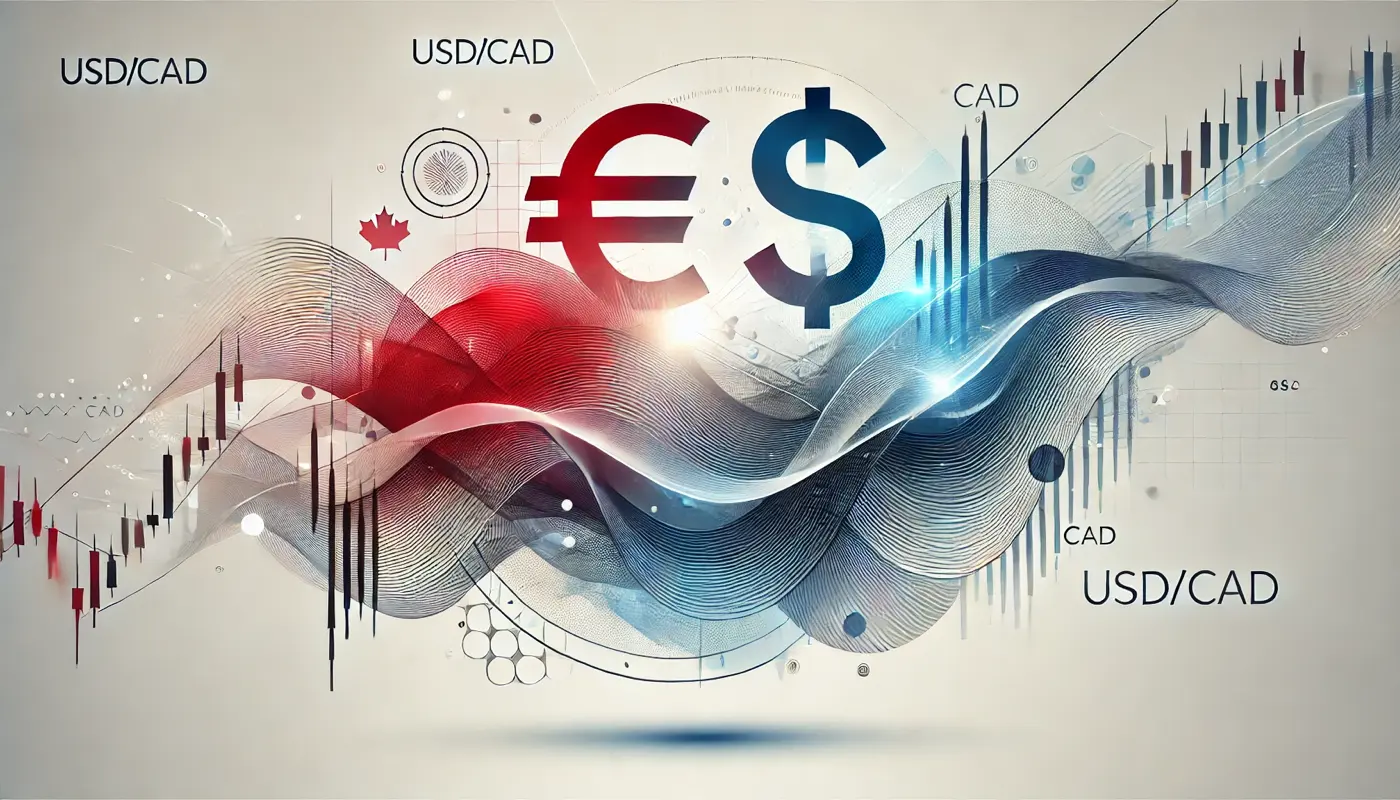Eurozone
The euro is strengthening versus the dollar, yen, and pound. Market participants are closely watching commentary from President Donald Trump and his administration regarding what they see as inaction by the US Federal Reserve (Fed). Trump has called on Fed Chair Jerome Powell to cut rates by at least 0.10%, while Vice President J.D. Vance characterized the Fed’s reluctance to ease as “negligence.” As a result, expectations for a rate cut have increased, but are unlikely to materialize this month. Still, the difference between the Fed’s rate (4.25%) and the European Central Bank’s (ECB) rate (2.15%) supports the positive trend for the euro. ECB Chief Economist Philip Lane hinted at a pause in the "dovish" cycle, anchoring rates near 2.15%.
United Kingdom
The British pound is declining against the euro and yen but rising versus the dollar. The uptick was driven by Finance Minister Rachel Reeves' announcement of a new spending plan allocating over £2 trillion to support key sectors. Departmental budgets will rise by 2.3% annually, and day-to-day spending on public services will increase by £190 billion over the policy period. However, GDP contracted by 0.3% in April (versus a –0.1% forecast), compounding labor market weakness and putting more pressure on the Bank of England to consider further rate cuts soon.
Japan
The yen is strengthening versus the dollar and pound, but losing ground to the euro. US President Trump has escalated global trade tensions, indicating that his team will soon send letters outlining new trade terms — countries must accept or face sustained tariffs. This includes Japan, which recently failed to reach a comprehensive deal with the US. If no agreement is reached by July 8, the US will reinstate 25% tariffs on most Japanese exports and raise steel/aluminum tariffs to 50%. The Bank of Japan is expected to keep rates unchanged, which could continue to pressure demand for long-dated government bonds, with 40-year JGB yields at 3.069%.
Australia
The Australian dollar is gaining against the US dollar but losing against the pound, euro, and yen. Support for the AUD came from the US-China agreement, which eased global tensions, and from the Reserve Bank of Australia’s (RBA) stance, which leaves room for further rate cuts. The RBA’s current rate of 3.85% could be reduced to 3.00%-3.25% by year-end to support households and businesses, with a 50-basis-point gap to the Fed providing continued tailwinds for AUD/USD.
Oil
Oil prices are correcting lower, struggling to hold above $68.00. Renewed geopolitical tensions in the Middle East have increased volatility, with CBS News reporting that Israel may launch operations in Iran as nuclear deal talks with the US remain unresolved. Some analysts suggest Israel’s stance could be part of a US strategy to force Iran into an unfavorable deal. The US government has advised its citizens to leave the region. Meanwhile, US oil inventory data supported prices: the American Petroleum Institute (API) reported a drawdown of 0.37 million barrels, while the Energy Information Administration (EIA) showed a 3.644 million barrel decrease, extending last week’s trend.

